Keep your garden flourishing during winter with these 10 easy tips
Gardens need meticulous care in all seasons, and in the run up to winter it is no different, with a wide variety of jobs that need attention and require completion to ensure gardens arrive in tip top shape for spring

Current circumstances have made our gardens prized commodities. They are our own little oasis of calm, when anxieties around us are running high. However, just because the temperature has dropped doesn't mean we can stop taking care of our gardens.
Related: Top 10 emerging garden trends for 2021 – inspired by Instagram
Research from Powered Now revealed that our fondness for gardening that surged during lockdown is expected to continue to grow into the colder seasons. In a survey, 31% of Brits said they are now commencing a landscaping or gardening refurb, which equates to over 3 million new garden projects. Whether your are embarking on a big garden project or just looking to add some winter colour into your garden and protecting existing plants here are some winter gardening ideas to help wind down your garden for winter in order to create a beautiful garden in spring.
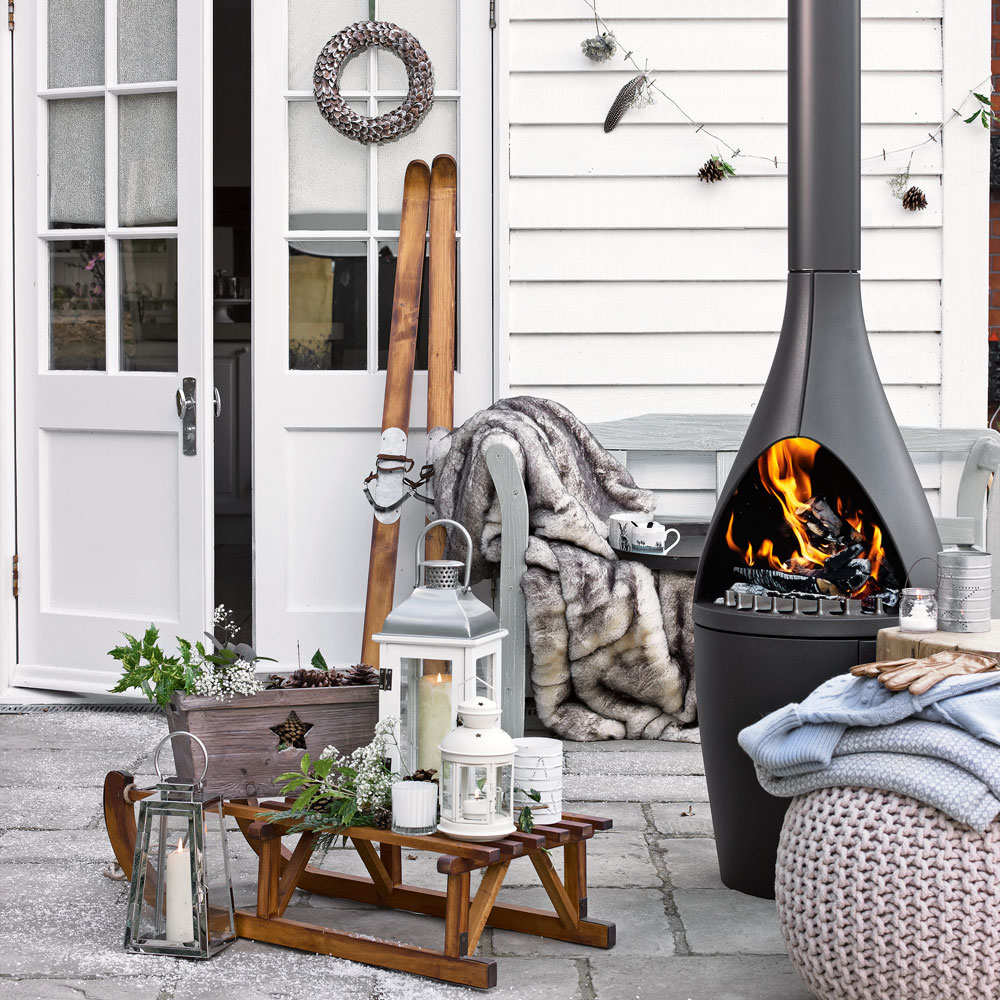
Winter gardening ideas
1. Work in winter colour

Ward off the winter blues and cheer up your pots and borders with colourful winter flowering varieties such as cyclamen, pansy, polyanthus, and winter-flowering daphne. If you're planting these in ceramic pots, make sure the pots are frost resistant.
2. Plant spring bulbs
There’s nothing like the first spring bulbs poking their little heads through the soil for you to know that warmer weather is on the way. Plant flowering bulbs like daffodils, hyacinths and crocus in September; lilies, alliums and crocosmia in September and October and tulips in November for spring flowering. You can plant them almost anywhere; in beds, pots, under deciduous trees and shrubs, or naturalised in lawns. You just need to use good quality compost such as John Innes No 3 – and remember to plant them the right way up!
3. Store summer flowering bulbs and tubers
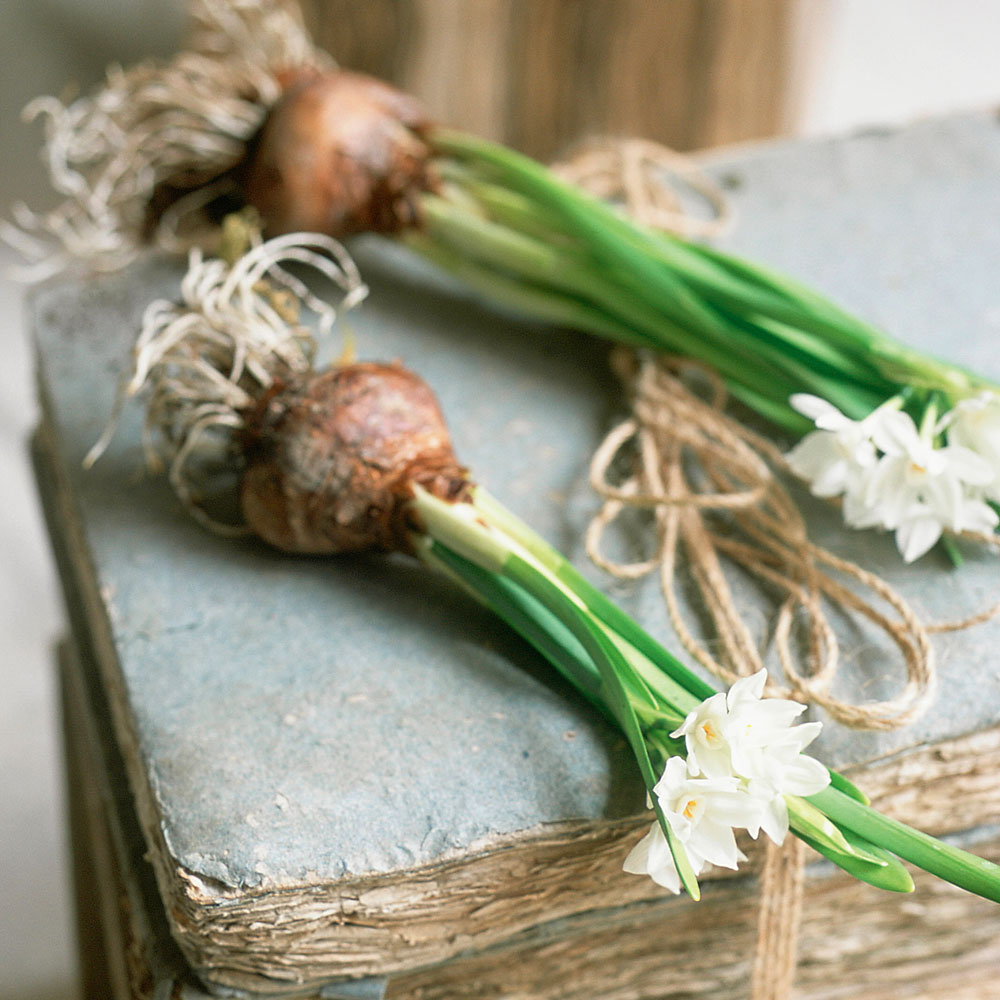
Lifting and storing summer flowering bulbs and tubers will help them survive the winter to be replanted next year. Make sure they are completely dry before you store them and check regularly for any rotting or damaged parts.
4. Rake the lawns

This might sound a bit strange however, raking the lawn will help get rid of any moss and waste. It will also aid ventilation and drainage that will help your grass to establish firm roots in the colder months.
Get the Ideal Home Newsletter
Sign up to our newsletter for style and decor inspiration, house makeovers, project advice and more.
If it’s not too wet, you canstill scarify your lawn into October and mow and aerate it into November. You might even get away without mowing, unless there’s a mild spell and the grass keeps growing. In that case, you can just mow occasionally on a high cut setting. If your lawn gets a lot of wear and tear you might want to add an additional feed in autumn to help it rejuvenate through winter. Something like Scotts Lawn Builder Autumn Lawn Food works well.
5. Prune and protect
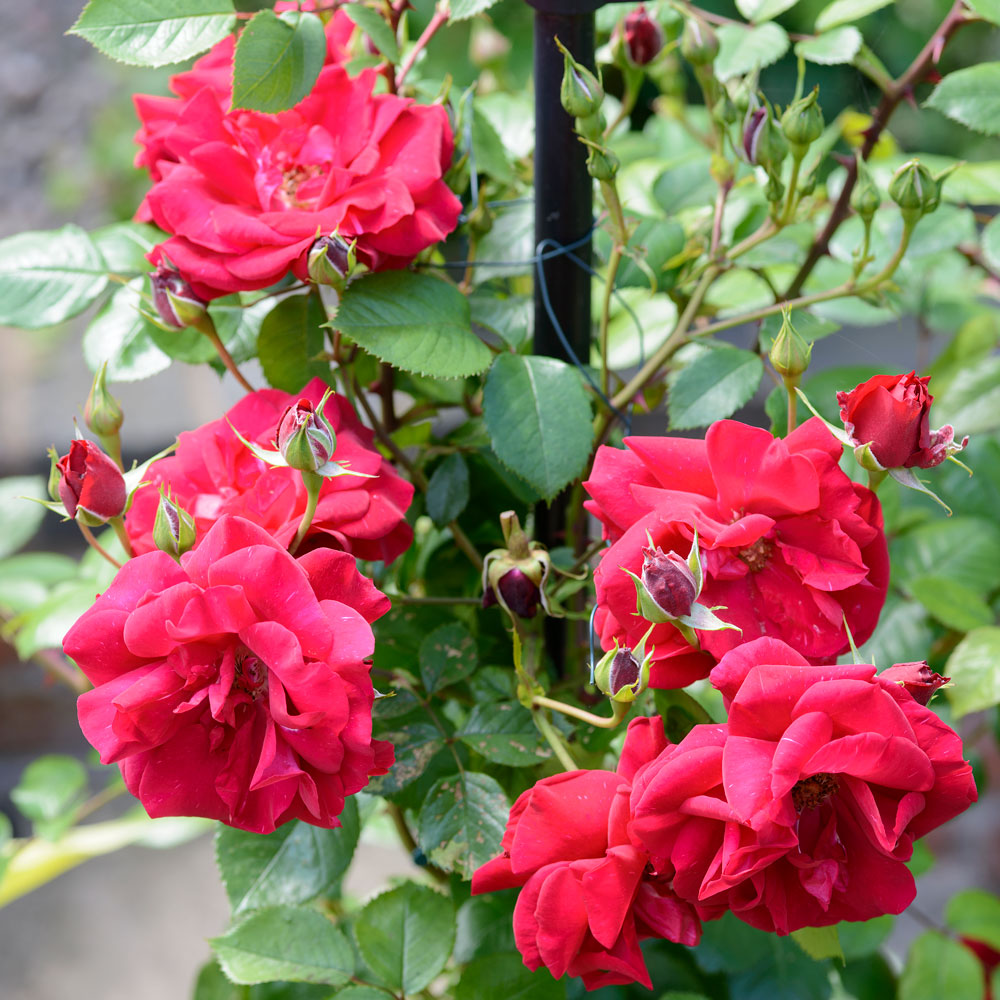
Cut back any perennials that have died down and prune roses, which you may also need to spray with a fungicide if they are diseased. Protect tender plants and keep them warm with horticultural fleece or bubble wrap, which doesn’t look quite as professional, but works just as well!
6. Fill pots and hanging baskets with hardy evergreens
Replace any summer pots and baskets with evergreens and winter bedding plants such as heathers and pansies which are particularly versatile during winter.
Some evergreens are as noted for their flowers and strong scents as they are for keeping their leaves through winter. Plant varieties such as Daphne bholua ‘Jacqueline Postill’, Coronilla valentina subsp. Glauca as well as viburnums and skimmias will work well all year round.
7. Add compost to flower beds
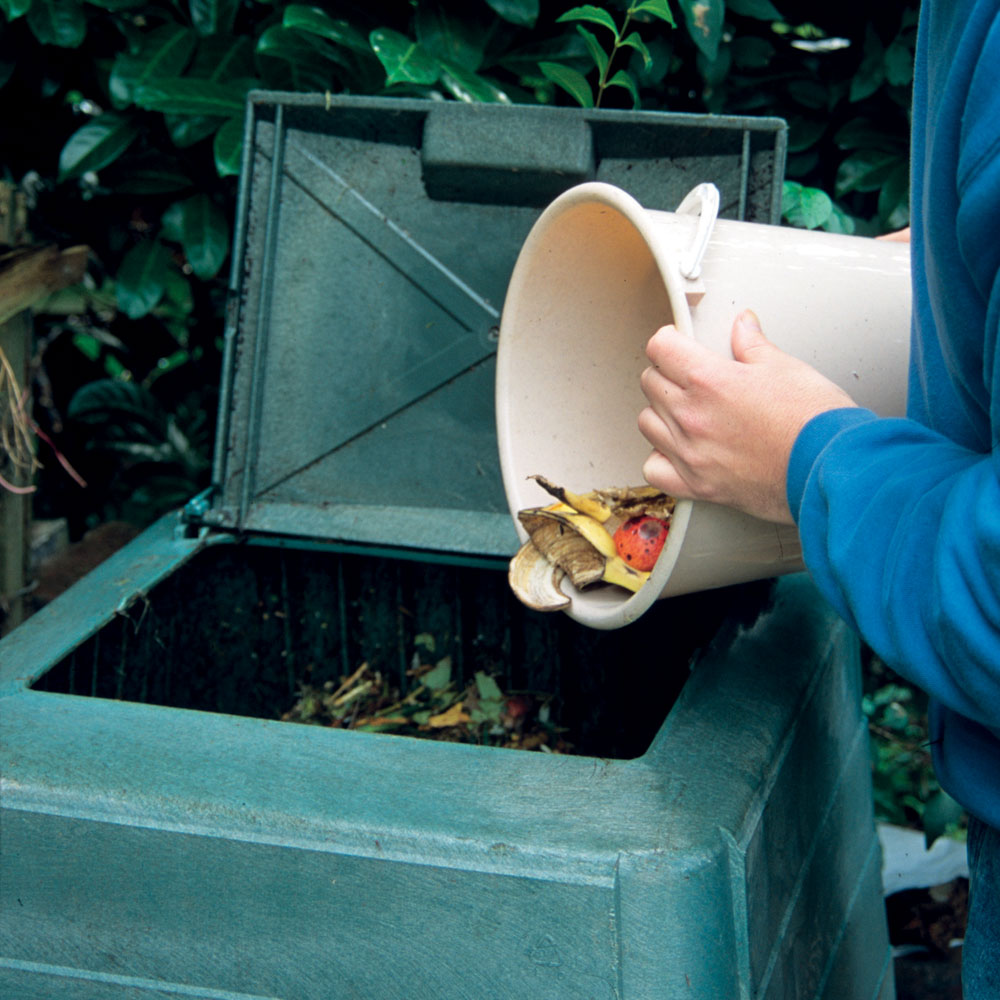
If you have unopened bags of compost, store them under cover or off the ground so rain can’t get in. Any opened bags of compost may be contaminated with microorganisms, so don’t use them for sowing seeds or cuttings next year, but for working into the garden to improve the soil.
Adding compost to your beds now will help make sure that your plants are healthier next year. So far from being a waste of compost, the winter months are the perfect time to spread it around your garden to make sure your plants are happy, come spring.
8. Think about barbecues and outdoor furniture
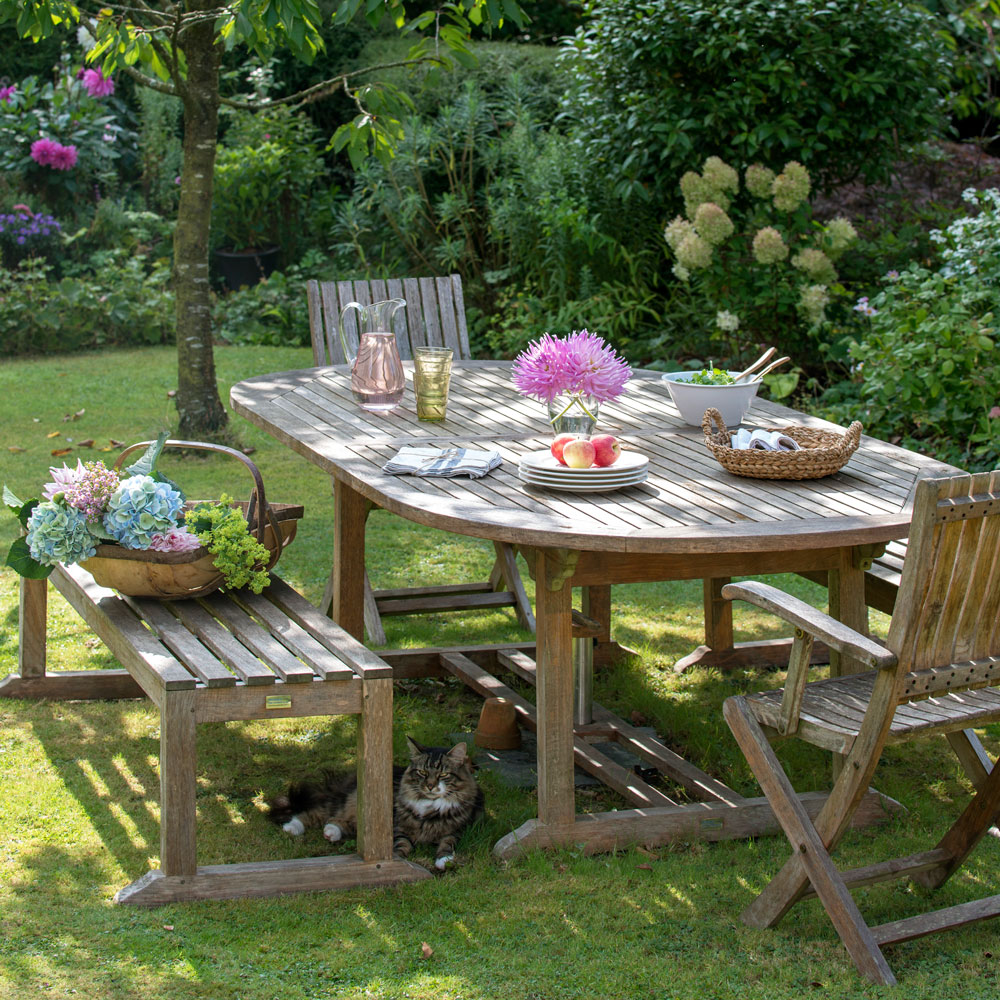
It’s best – but not always possible - to keep barbecues and outdoor furniture in a shed or outbuilding over winter, but you can also invest in a specially made breathable cover that will help to protect your furniture from the elements. Clean and dry your furniture before putting it inside or attaching the cover and don’t leave your furniture on grass as it creates moisture, which can lead to damage. Winter is also a good time to treat wooden furniture with protective wood oil.
9. Don't forget about your garden tools
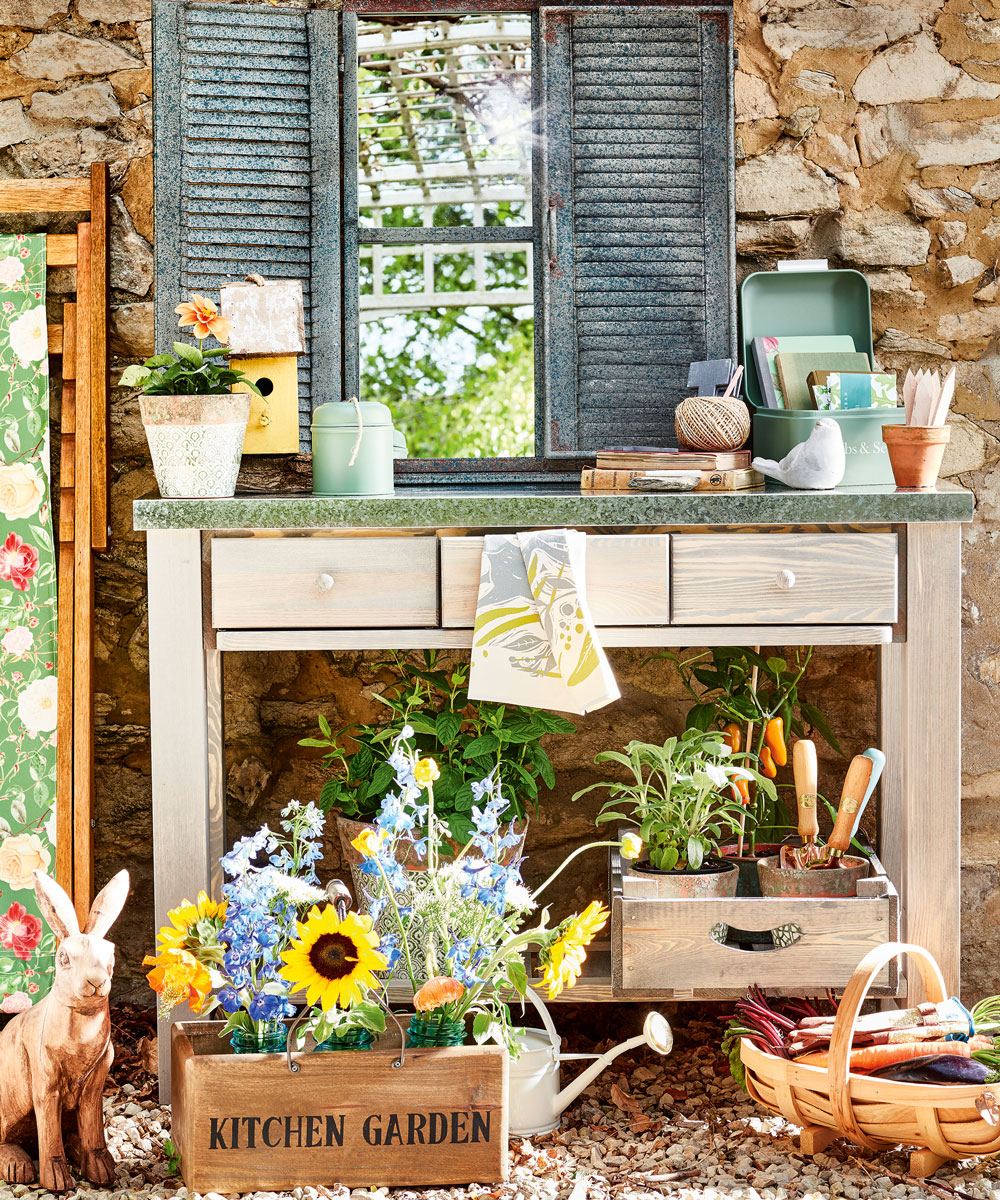
Scrape mud off spades and forks, or dip the blades in warm soapy water before drying if the mud is caked on and clean and oil metal blades on your tools before you put them away for winter. This will help to avoid rust. Store your tools as best you can to avoid damage and rust.
10. Sweep up leaves
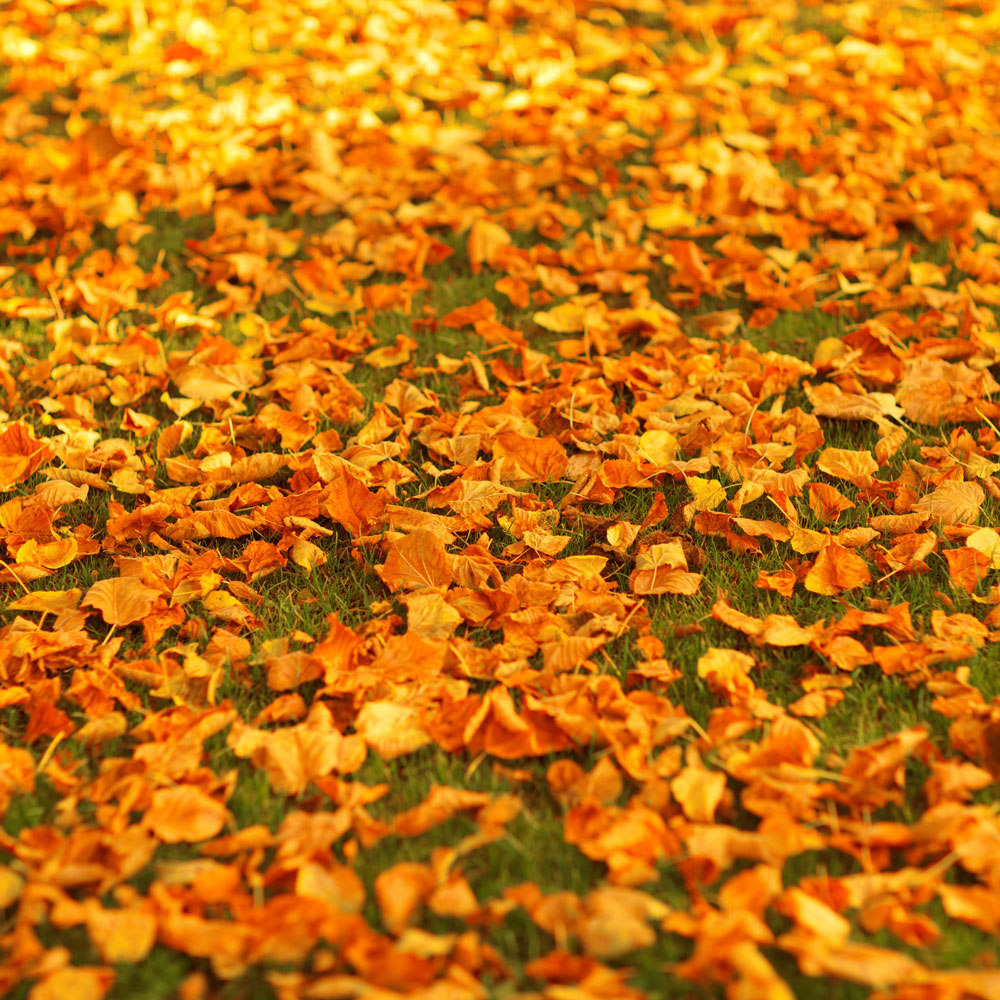
You can keep sweeping up leaves and turn them into leaf mould, which is an environmentally friendly - and cost effective! - way to enrich your soil. Fill a dustbin bag with leaves, and then wet them to help rot them down. Tie up the bag and punch holes in it with a fork and store somewhere such as behind a shed or at the back of some shrubs. After a year or so, the leaf mould will turn into a great weed suppressing mulch and after two years, you’ll have a fine mould perfect for soil conditioning and making composts.
'As the season gets colder and wetter, working in your garden doesn’t seem much fun. It’s still important to look after it at this time of year, however, to get it ready for spring. There aren’t as many jobs as in earlier months, but you’ll be thankful for spending the time when spring comes round and your garden bursts into bloom. So, pull your wellies and your warm clothes on, bring out a hot thermos of tea and enjoy the idea that your hard work will be helping to produce a glorious garden in a few months time,' says Julian Palphramand, Horticulture buyer at Wyevale.
Related: Have you seen popular new garden trend DIY fans are going nuts for?
Don't forget to prepare your garden before the big chill!

Rebecca Knight has been the Deputy Editor on the Ideal Home Website since 2022. She graduated with a Masters degree in magazine journalism from City, University of London in 2018, before starting her journalism career as a staff writer on women's weekly magazines. She fell into the world of homes and interiors after joining the Ideal Home website team in 2019 as a Digital Writer. In 2020 she moved into position of Homes News Editor working across Homes & Gardens, LivingEtc, Real Homes, Gardeningetc and Ideal Home covering everything from the latest viral cleaning hack to the next big interior trend.
-
 Coastal style gets a cheerful update in this colourful cottage
Coastal style gets a cheerful update in this colourful cottageBright stripes and bold colour blocking make decorating fun
By Sara Emslie
-
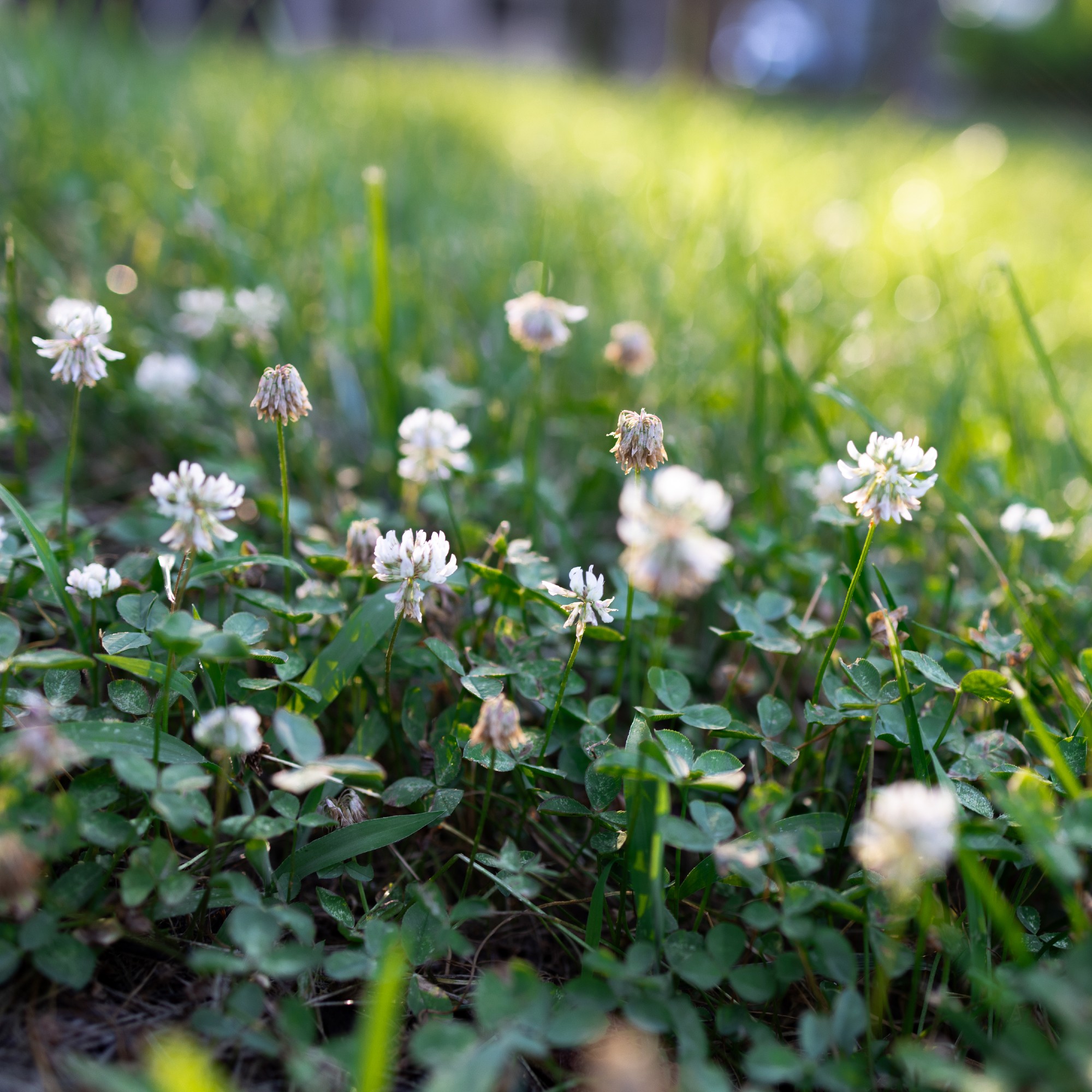 When to sow a clover lawn for an effortless, wildlife-friendly garden – the bees will love you for it
When to sow a clover lawn for an effortless, wildlife-friendly garden – the bees will love you for itYou can get started this month
By Sophie King
-
 Argos is now selling an air bed for under £12 – if you're hosting guests this Bank Holiday, you'll want this sale on your radar
Argos is now selling an air bed for under £12 – if you're hosting guests this Bank Holiday, you'll want this sale on your radarThis 25% off sale is perfectly timed ahead of Easter weekend
By Amy Lockwood